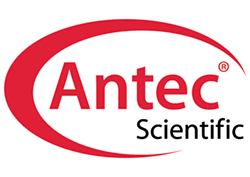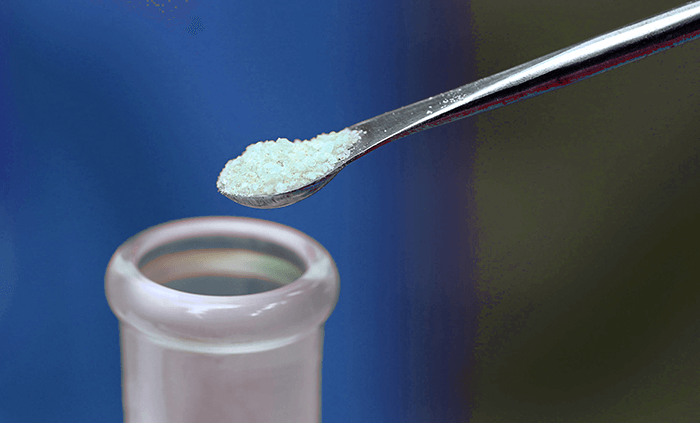Introduction
Recently, increased interest by Pharma and Academia has been shown in the use of electrochemical synthesis as an alternative technique to traditional enzymatic or wet chemical synthesis.
In one example, a key secondary metabolite M16 of the antimalarial drug Cipargamin (KAE609) under development by Novartis could be synthesised using the ROXY™ EC system equipped with SynthesisCell. For the first time ever, sufficient quantities could be synthesized, to allow full structural characterization by NMR, previously unable using traditional enzymatic techniques. In yet another example, fast and convenient electrochemical synthesis of pharmaceutical oxidation products (degradation products) of N-dealkylation reactions of Fesoterodine were successfully reported by Pfizer. The electrochemical procedure proved to be rapid, clean, and efficient compared to traditional synthetic methods and was particularly useful for generating milligram quantities of degradants. More information on the ROXY EC system and SynthesisCell can be found in the application note.







